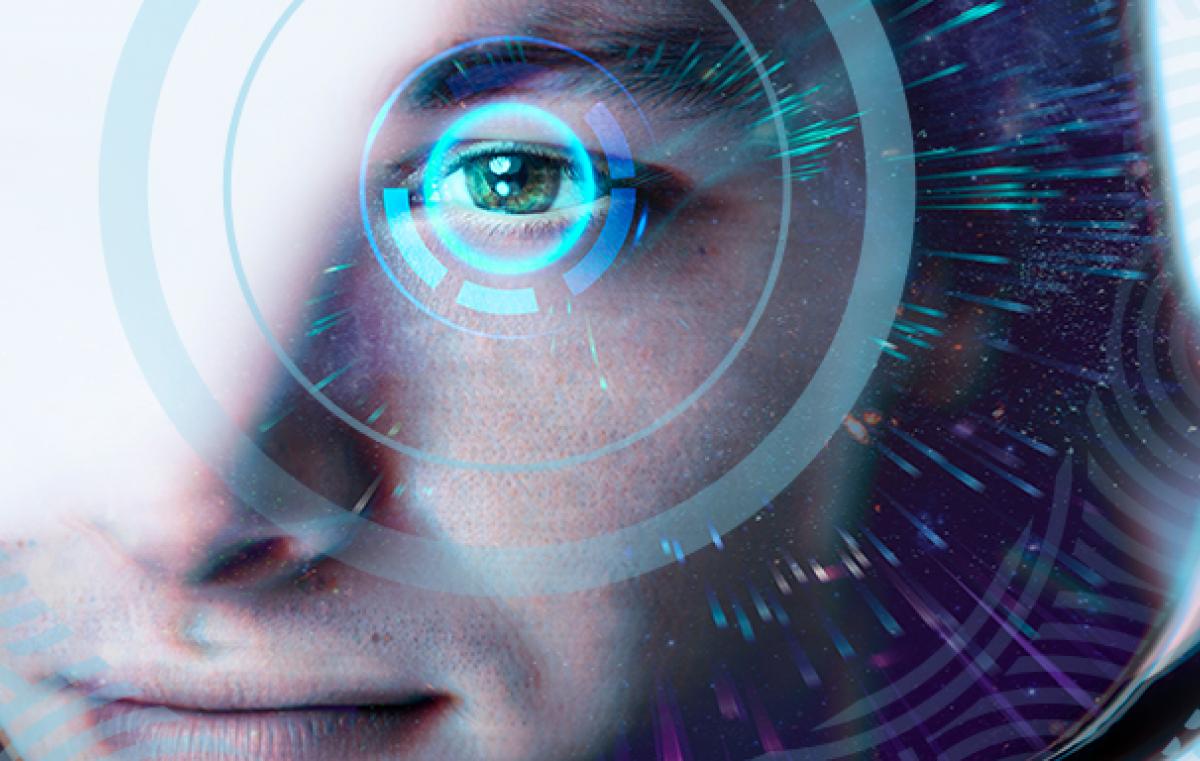Rakia Mission Selects BIU Tech
Vision technology to be tested during Israeli astronaut's upcoming space trip

Prolonged exposure to microgravity conditions during space missions can impair various physiological function in general, and the visual system in particular. The so-called neuro-ocular syndrome reported in prolonged space missions characterized by low gravity includes decreased vision, changes in the optic nerve and the retina, and a change in the refractive error, and all may remain present following return to Earth.
Digital tablet software used by Prof. Uri Polat, Head of the School of Optometry and Vision Science and Prof. Yossi Mandel, Head of the Ophthalmic Science and Engineering Lab at Bar-Ilan University facilitates the detection of slight changes in functional vision capabilities during flight. Together with Dr. Eran Schenker, Chief Medical Innovation Officer at the Israel Aerospace Medicine Institute, Polat and Mandel modified the technology to enable them to monitor astronauts' vision during space missions.
The technology has been selected by the Israel Space Agency and the Ramon Foundation to be placed on board the Rakia mission scheduled for early 2022. Using a digital eye examination on a tablet computer, the researchers will monitor the in-flight effects of microgravity on the visual function of Israel's second astronaut, Eytan Stibbe, during the Rakia mission.
Prof. Uri Polat, Bar-Ilan University: "The technology is based on an application that can be downloaded to any tablet. During Eytan Stibbe's time in space, we will remotely examine his vision and understand at what point in time changes occur. The results will allow us to draw conclusions about neuro-visual damage in space and may constitute a breakthrough in treatment."
Dr. Eran Schenker, CMIO, Israel Aerospace Medicine Institute, thanked the Israel Space Agency and the Ramon Foundation for approving the Bar-Ilan University project: "I have no doubt that this research will greatly contribute to understanding microgravity and vision function that will be of great use even during long-term missions to Mars and space."